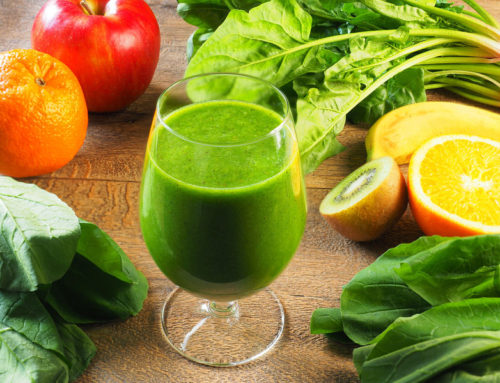Share This Story!
Can Diet Improve Healing Outcomes?
Injuries can and do happen. People trip and fall, scrape knees, and more. And in some cases, people need to recover from surgery. A common concern after medical procedures is how long before a patient’s wounds or incisions heal. If scars and incisions slowly recover, the situation is known as poor wound healing. While the condition is often associated with diabetes, other underlying conditions can contribute to poor diet.
Who is at risk for poor wound healing
As mentioned earlier, diabetics are often cautioned about wound care. In particular, injuries are especially serious as reduced nerve activity caused by uncontrolled diabetes can mean diabetics are unaware when wounds occur or that the injury is healing poorly. Likewise, people with limited mobility such as bedridden individuals or the elderly, are also at risk of poor wound healing. Thankfully, boosting the diet with healthy foods that promote cellular regeneration can improve healing outcomes.
Boost vitamin C intake
According to the Academy of Nutrition and Dietetics, vitamin C is an excellent source for boosting the body’s healing properties. Foods rich in vitamin C include broccoli, strawberries, and leafy greens such as spinach, kale, and arugula. An added benefit is that leafy greens aid in healing and reduce inflammation and improve immune function.
Protein for faster recovery
Protein is an essential building block for boosting overall recovery. The substance is particularly encouraged for diabetics to improve wound outcomes. Protein aids in building, repairing, and body tissues. Look for healthy sources such as eggs or lean cuts of meat and fish. Vegetarians can opt for nut butters, tofu, and nuts or beans. Experts recommend eating the protein portion of a meal first to ensure adequate amounts are consumed. Whole grains are also a great option for boosting protein consumption. And, don’t forget that dairy can also provide protein.
Offal for diverse nutrient support
Offal is the official word used to describe organ meat such as kidney or liver. Organ meat contains plenty of immunity-boosting nutrients that can also boost healing times. Specifically, the meats aren’t just high in protein but also contain vitamin A, zinc, iron, copper, and B vitamins. Vitamin A helps to boost cell response which is essential for healing.
Pick the right carbs
Generally speaking, carb-heavy foods should be avoided as the category can contribute to excess sugar intake and empty calories that can easily convert into fat. But picking the right high-carb foods can boost immunity and wound repair. For example, sweet potatoes are good carbs that are packed with anti-inflammatory properties such as manganese, carotenoids, and vitamin C.
A healthy diet is fundamental
Regardless of the health condition or concern, a healthy diet is the building block for positive outcomes. For people focused on promoting proper wound healing, developing a food plan rich in nutrient-dense foods that can boost immunity is essential, along with maintaining doctor’s visits and any recommended therapies. Individuals concerned about risks associated with poor wound healing should speak with a physician or consider talking with a dietician to create a healthy food road map.





